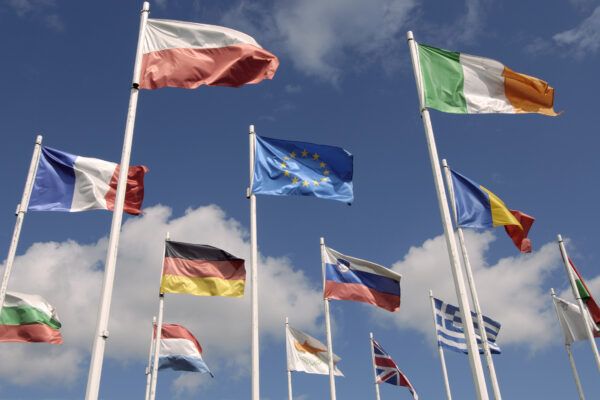Poland is home to 15 of the EU’s 50 most polluted cities. Improving our air quality remains one of our greatest environmental, health and social challenges. Air quality indicators are slowly starting to glow green for us, but stricter air quality regulations lie ahead from the EU’s recently adopted Ambient Air Quality Directive (AAQD).
The Polish authorities have made considerable progress cutting air pollution through its national Clean Air program, which provides subsidies to households to replace their highly polluting heat sources (also known as coal ‘boilers’). But these attempts to reduce low-stack emissions from individual heating sources are far from enough to solve the country’s systemic air quality problem.
Learnings from the coal boiler replacements subsidy scheme
In Poland, we have about 14 million buildings, half of which are single-family houses and over 2 million of which have highly polluting heating sources that do not meet any quality standards. So isn’t it enough to generously subsidise their replacement with emission-free alternatives?
While the “clean air” subsidy programme has led to many benefits, there have unfortunately been also unintended consequences – an important learning for the future. These include the collapse of the heat pump market and a decline in public trust.
We will not be able to have clean air in Poland without replacing high-emission heat sources with modern, low- or zero-emission ones. But the mass replacement needed will not be enough without an increase in thermal renovation and reduced energy demand from these homes in the first place.
It is undoubtedly difficult to convince a resident to replace their heat source when the unit price of any heating fuel or electricity will always be higher than low-quality coal, waste or wood. The price of fuels and energy carriers will also increase, so we need to radically reduce the demand for them, through lower consumption and heating needs.
7 out of 10 buildings in Poland are estimated to be insulated insufficiently or not at all. Increasing the scale of real thermal modernisation requires deliberate and long-term financial support. It also requires a widespread change in attitudes towards energy efficiency of buildings – a change of awareness not only from building owners (investors), but also authorities responsible for top-down, systemic and coordinated support of this process.
How do you convince a homeowner to invest in energy retrofitting, which is undoubtedly way more challenging, stretched out in time and expensive than a simple boiler replacement? How do you convince the government to step up and coordinate its efforts, currently scattered across four ministries? In both cases, the condition is that they see the benefit, i.e. that the investment appears to be “profitable”.
The media tends to reduce the benefits of energy efficiency improvements to just one thing – savings on heating bills. There will be no change in awareness without bold advocacy, strategic communication and efforts to combat active misinformation about both the real challenges and benefits of the building sector’s transformation over the coming decades, outlined in the recently revised (2024) EU Energy Performance of Buildings Directive (EPBD) known as the “Buildings Directive”.
Renovation wave’s key benefits
Our report reveals the range of opportunities to transform the country’s buildings over the next 10 years. We also provide a “bird’s eye” view of the comprehensive, cross-sector benefits of triggering the “renovation wave” of buildings:
- Economy: According to even conservative assumptions, the rate of renovation of buildings is expected to increase about threefold, meaning more demand for building materials, insulation and heating equipment. This means an increase in green, well-paid jobs (important especially in the context of the extinction of coal and lignite mining in Poland) – in the first decade alone, the equivalent of about 95,000 new jobs will be created.
- Energy security: There will be a radical drop in energy demand, reducing Poland’s dependence on imported fossil fuels – especially coal (48%) and gas (25%).
- Climate and environment: We can reduce SOx air pollution by 30%, benzo(a)pyrene (the worst carcinogenic) by 44%, and particulate matter (PM2.5) emissions by almost the amount emitted by all 250 million cars in the European Union.
- Society: Improving the energy efficiency of buildings means not only reducing the risk of energy poverty for residents, but also related health costs, including illnesses, hospitalisations and absence from work due to one’s own or a loved one’s poor health.
Demonstrating the broad spectrum of benefits and changing the common attitude towards thermal modernisation is crucial to persuading building owners to invest more widely in their buildings (80% of which will still be standing in 2050) and eradicate the most polluting boilers.
The cost of modernising buildings in Poland by 2050 is estimated to be about 2 trillion PLN (0.5 trillion EUR). Public funds need to be spent as efficiently and effectively as possible to realise the most benefits.
Authorities need to coordinate action across sectors, and plan and prioritise the renovation process for a healthier, sustainable future.


